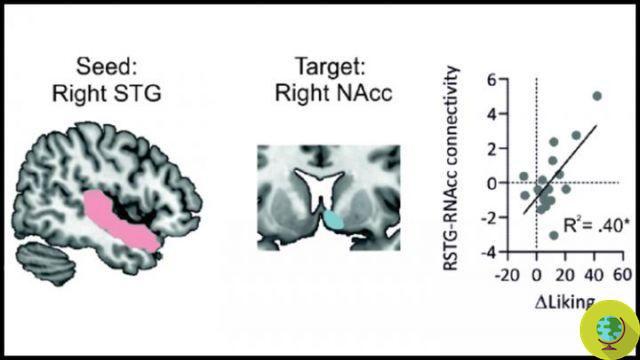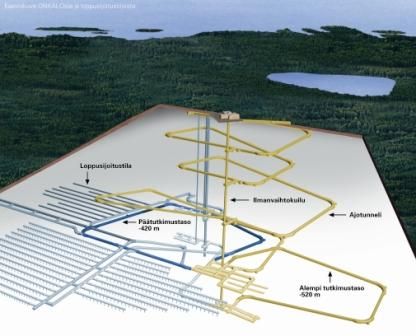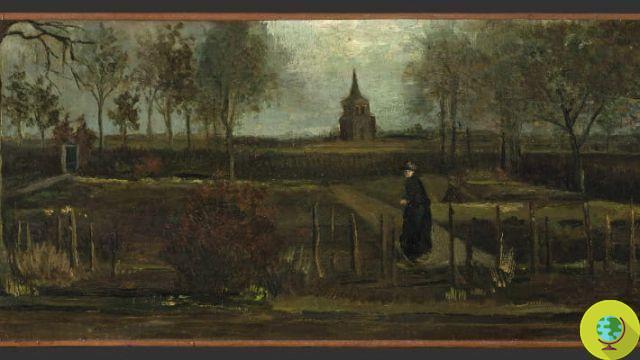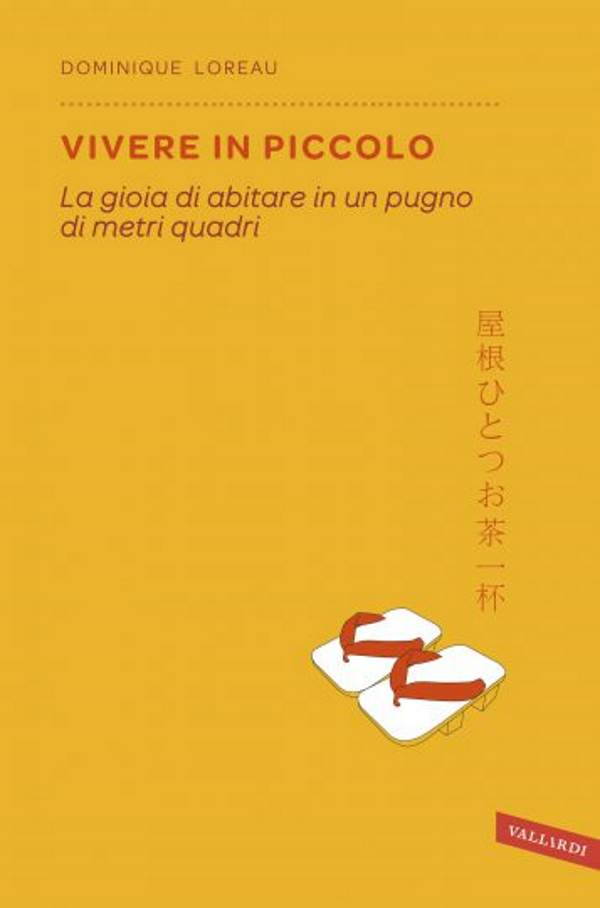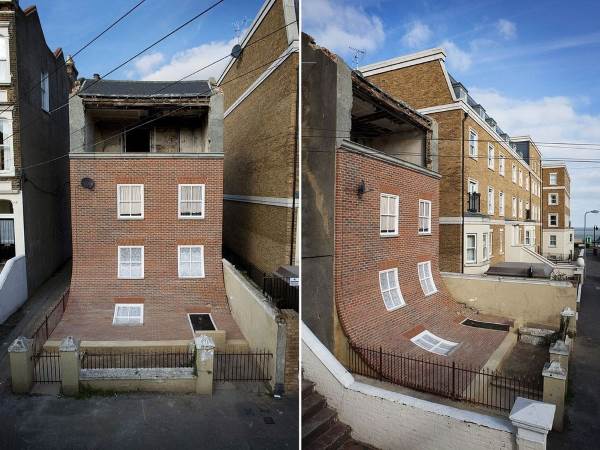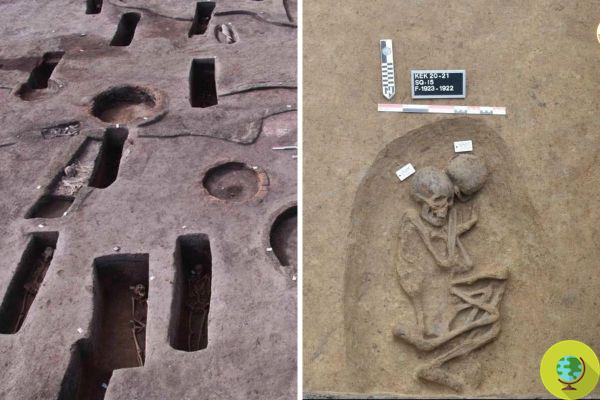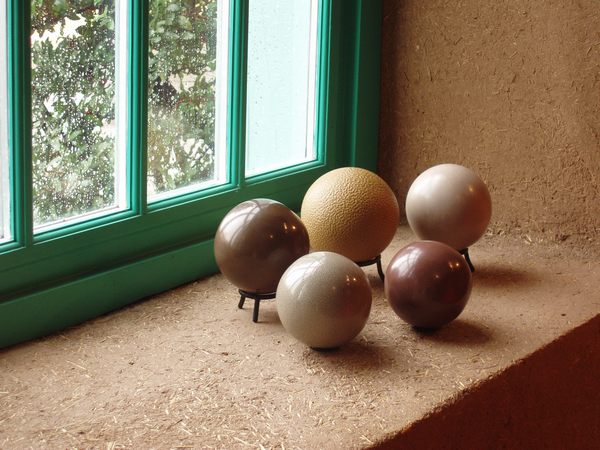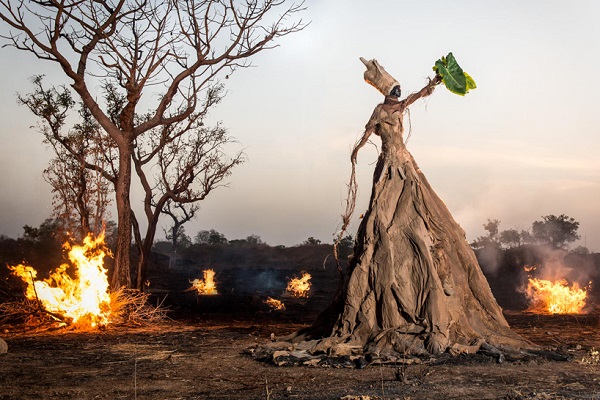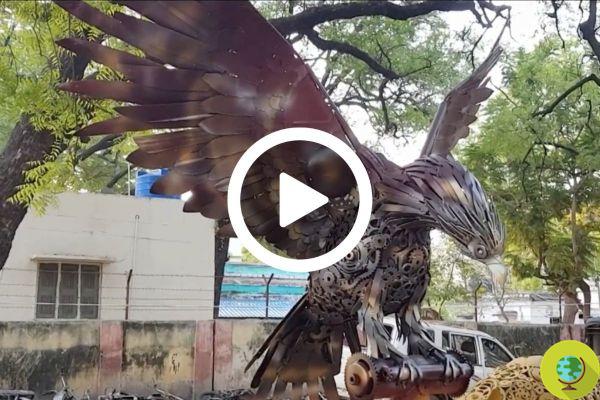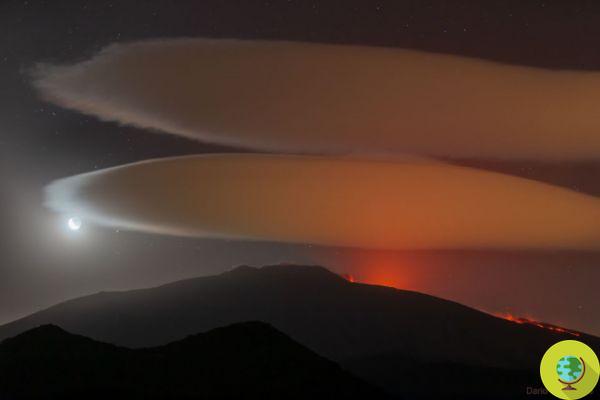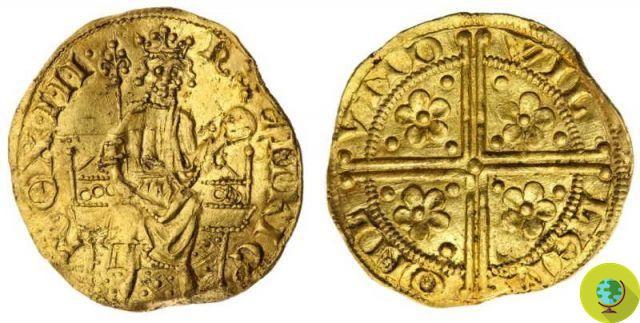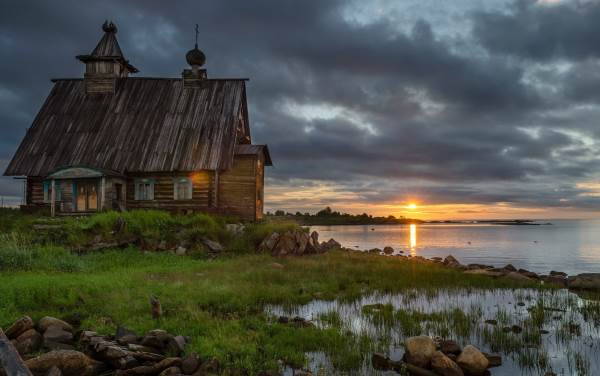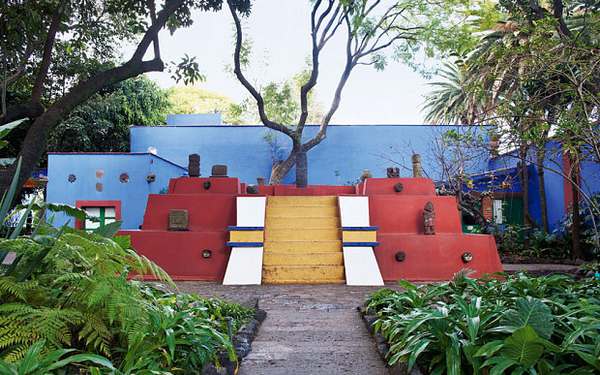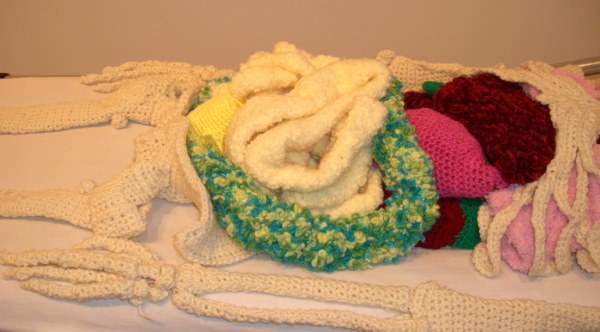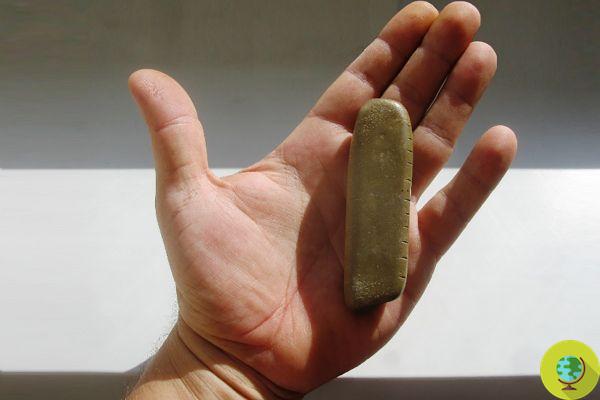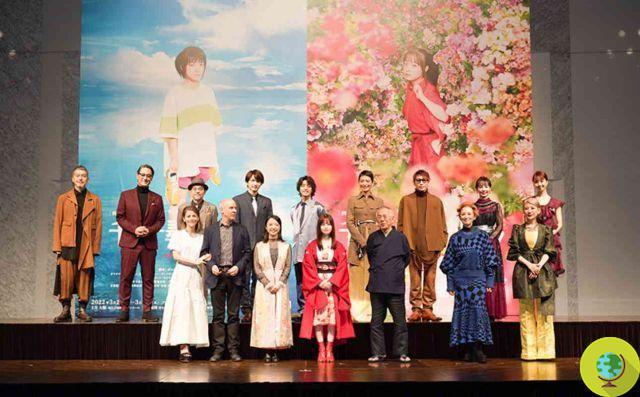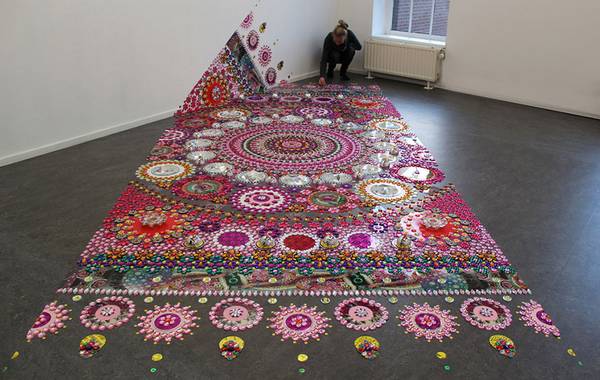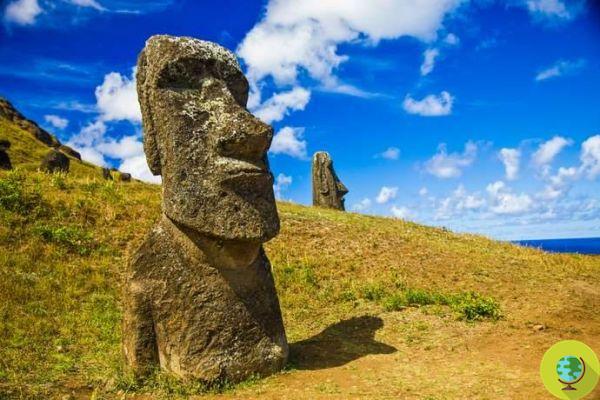
One of Easter Island's most fascinating mysteries may be close to the solution. A new study has revealed that the famous Moai statues were built near freshwater springs
One of Easter Island's most fascinating mysteries may be close to the solution. A new study has revealed that the famous Moai statues were built near freshwater springs.
This is supported by a team of researchers led by anthropologist Carl Lipo of Binghamton University, who studied the potential relationships between construction sites, agricultural gardens, proximity to the sea and sources of fresh water, the three most important resources of Rapa Nui.
The island is known for its elaborate ritual architecture, particularly its numerous statues, moai, and the monumental platforms that supported them, called ahu. For some time, scientists from all over the world have been trying to understand the meaning of these emblematic faces and above all the reason for their position in certain locations on the island, also considering the time and energy needed to build them.
The new research findings appear to shed new light on the mystery and suggest that the ahu's locations are due to proximity to the island's limited water sources.
"The issue of water availability (or lack thereof) has often been mentioned by researchers working in Rapa Nui / Easter Island", he said Lipo. “As we started looking into the details of hydrology, we began to notice that the access to fresh water and the location of the statues were closely linked.
When scientists at Binghamton University began examining the areas around the ahu, they found that their location was exactly linked to where the fresh groundwater emerged. The more they looked, the more the pattern was repeated: the places without ahu and moai did not show fresh water while those where they were present indicated nearby sources of drinking water.
According to Terry Hunt of the University of Arizona, the proximity of the monuments to fresh water says a lot about the ancient island society.
"Monuments and statues are located in places with access to a fundamental resource for islanders on a daily basis, fresh water: in this way, the monuments and statues of the deified ancestors of the islanders reflect generations of sharing, centered on the water, but also food, family and social ties ".
Despite limited resources, the islanders succeeded in sharing activities, knowledge and resources for over 500 years until contacts with Europeans ended their lives with foreign diseases and slave exchanges.
The researchers currently have only comprehensive data on the presence of fresh water in the western part of the island and intend to carry out a full investigation to continue testing their hypothesis on the relationship between ahu and drinking water.
The study was published in PlosOne.
READ also:
- Ma'u Henua Park: the splendid ancestral lands returned to the rapa nui indigenous people after 129 years of Chilean control
- Easter Island: this is how Moai statues walk





